#ducati café racer
Text
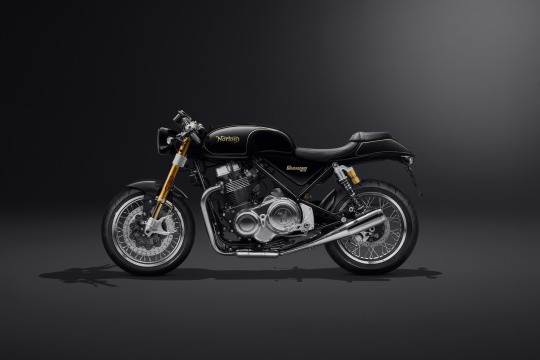

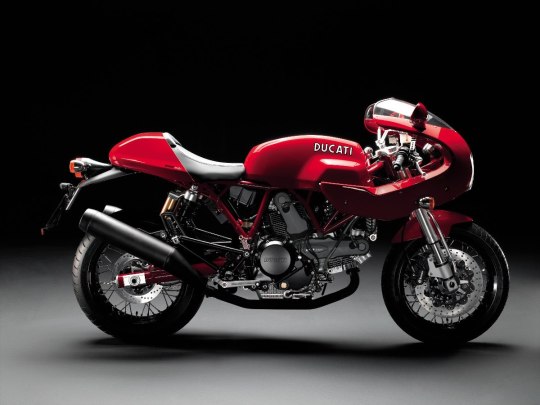
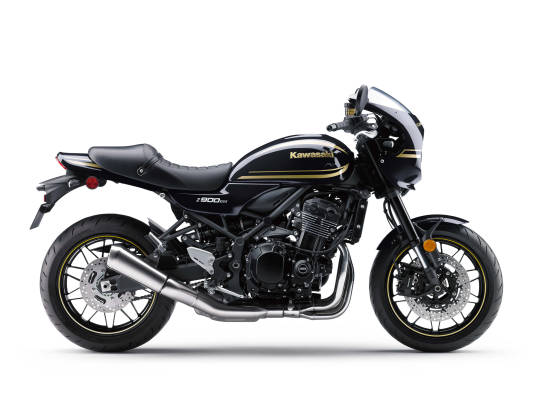

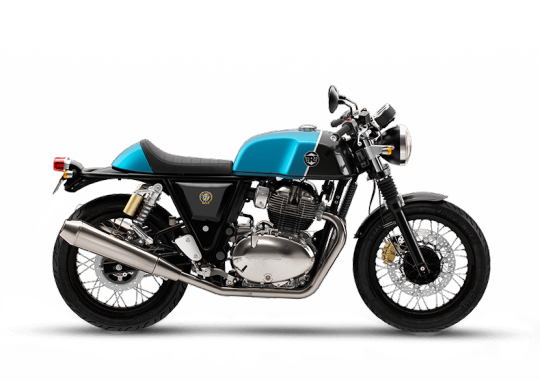
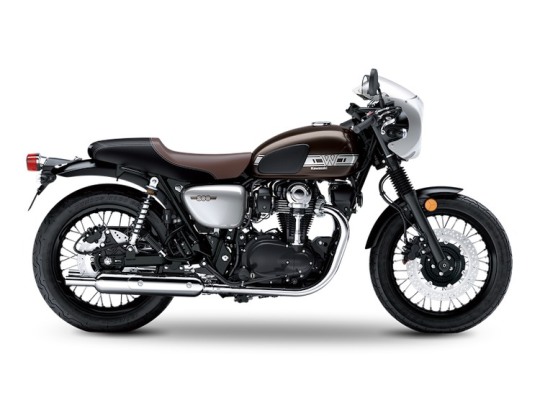
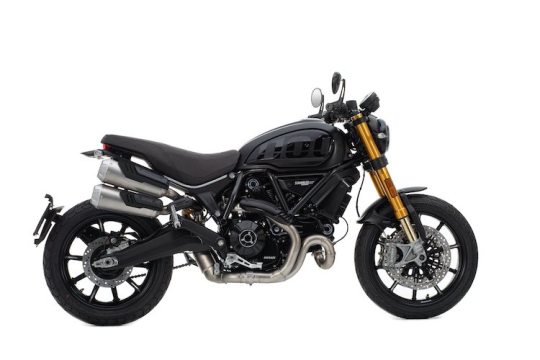

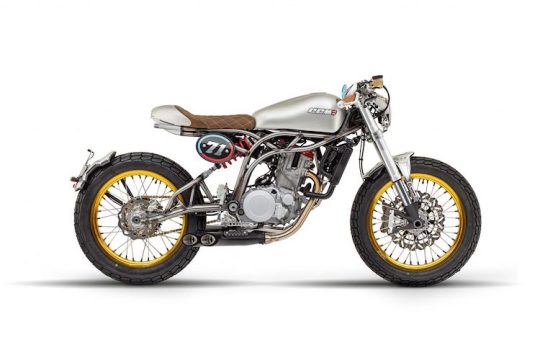
Factory café racers are the perfect balance of classic styling, modern technology and reliability. Once considered faddish styling exercises, retro bikes are now crammed with modern technology that rivals modern-looking counterparts.
Nearly all major manufacturers have a retro in their lineup. Here’s the definitive guide to the best modern classic café racer, both new and used.
#cafe racers#caferacer#cafe racer culture#triumph#ducati café racer#ccm#modernclassic#modern classic motorcycles#retro motorcycle#café racer#royal enfield#w800#z900rs#sportclassic#thruxton rs#norton commando#bmw rninet#ducati 1100 Sport Pro#ducati
67 notes
·
View notes
Text


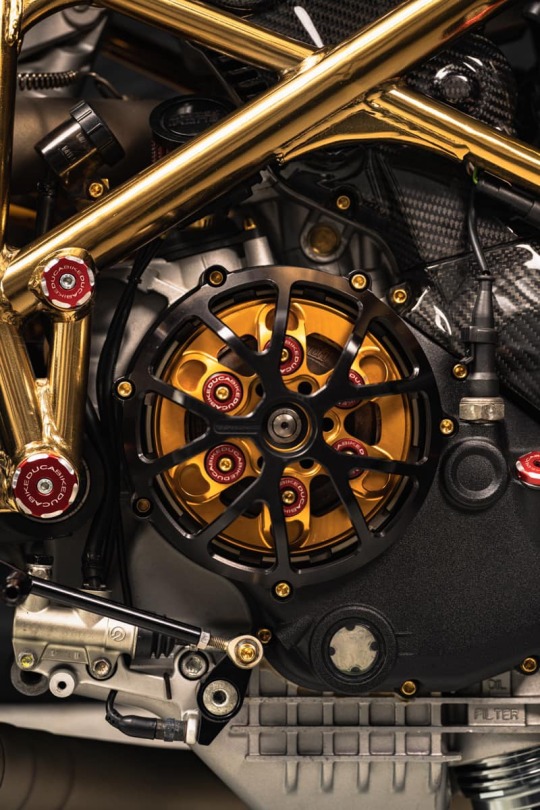

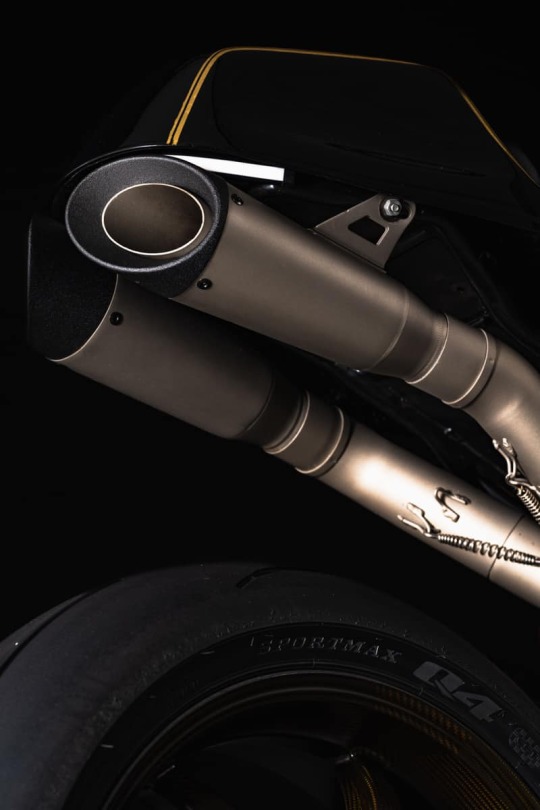


"GT1100S" Ducati 1098 Café Racer. - source Moto Vitelloni - Wheels n' wings.
63 notes
·
View notes
Photo

Dreamy Duc: 1971 Ducati 250 Café Racer by @blackcyclesaustralia, built for the owner of the 1950 Triumph preunit bobber we featured earlier this summer. With thanks to @popbangclassics and @motorcycleseats. Full story today on BikeBound.com! ⚡️Link in Bio⚡️ https://instagr.am/p/CmeOQGkOOE0/
118 notes
·
View notes
Text

The Ducati, The transformation, The Café Racer Style…
292 notes
·
View notes
Text
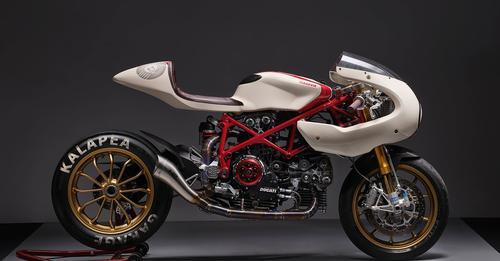

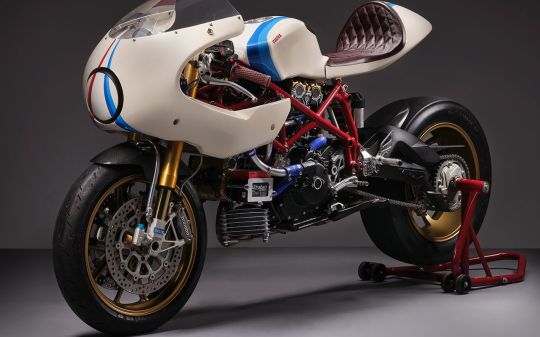


Ducati 749S café racer drag racing by Kalapea Garage. Estonia.
#las motos también son personas#motorcycle#ride to live#live to ride#free biker aliance#fba 621#bikerlife#cafe racer#ducati#ducati monster
30 notes
·
View notes
Link
#BikeWeek#biketoberfest#sportbike#motorcycles#Custom Chopper#Harley Davidson#bike week#bike show#biker women#hot biker women#motorycle women#harley show bike#biker#Bikers#bike races#sport bike#biker bitches#Biker Girls#biker bar#biker babes#biker chicks#Biker Rally#motorcycle#vintage motorcycles#custom motorcycle#vintage motorcycle#motorcycle racing#classic motorcycle#Motorcycle Show#harley riders
3 notes
·
View notes
Text
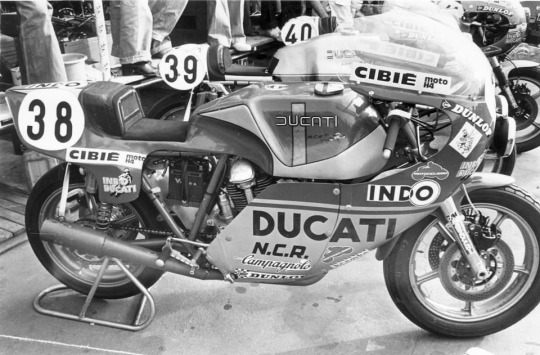

Borrowed from Road Racing 1975 -1990 FB page;
It’s just before the 8pm start of the Barcelona 24-hour in July 1978 and this is one of the 864cc semi-works NCR Ducati vee-twins, similar to the one raced a month earlier by Mike Hailwood to win the Formula 1 TT title in the Isle of Man. Local ace Benjamin Grau and fellow Spaniard Victor Palomo raced it up to second place by 2am on the sinuous Montjuich Park circuit, but five hours later Palomo clashed with leader Jean-Claude Chemarin, who was four laps ahead in the lead on the works 998cc Honda RCB, and both crashed without injury. Despite being damaged both machines were repaired but without their fairings, giving them a decidedly café racer look, as in the second pic. Christian Leon and Chemarin went on to win at a record pace while Grau and Palomo came in sixth.
0 notes
Text
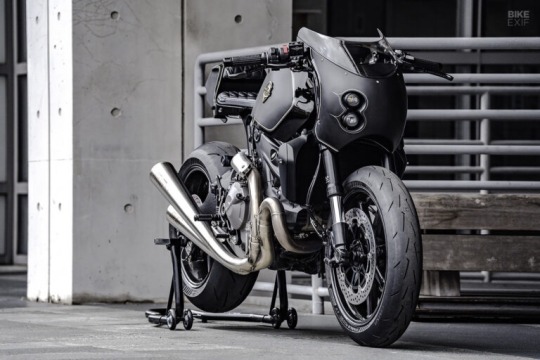

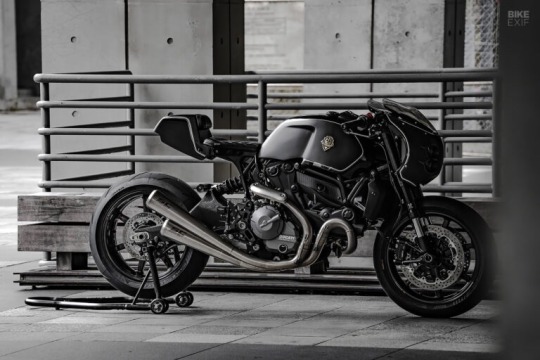


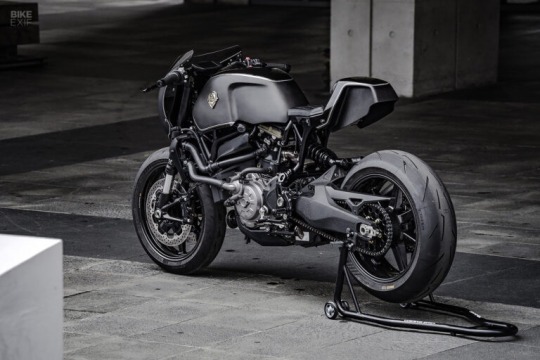


Rough Crafts Winston Yeh diabolical Ducati Monster 821 café racer.
Borrowed from Bike EXIF
Photos by JL Photography
0 notes
Text
Speed Read, May 7, 2023
Variety is the spice of life, so we’ve rounded up four custom motorcycles from four different countries, all built using vastly different donor bikes. We kick off with a tastefully fettled Triumph Bobber, then move onto a classy BMW R80, before wrapping up with a zippy Honda CM200T scrambler and a sharp Ducati 1098 café racer.
Triumph Bobber by Vagabund Moto and Classicbike Raisch Triumph’s…

View On WordPress
0 notes
Photo


Ducati Monster S4R Kelevra Café Racer by South Garage.
15 notes
·
View notes
Photo

Dreamy Duc: 1971 Ducati 250 Café Racer by @blackcyclesaustralia, built for the owner of the 1950 Triumph preunit bobber we featured earlier this summer. With thanks to @popbangclassics and @motorcycleseats. Full story today on BikeBound.com! ⚡️Link in Bio⚡️ https://instagr.am/p/Cmflz6Gu_kC/
53 notes
·
View notes
Text
"la gulf" by SP RACING

#Caferacer ducati vintage handmade performance#Café racer#Vintage#Ducati#oldschool#oldskool#garaje#motorworks
259 notes
·
View notes
Text
Ducati Cafe Racer Juara Desain Motor di Concorso
Ducati Cafe Racer Juara Desain Motor di Concorso
Ducati Café Racer Concept telah memenangkan penghargaan bergengsi Motorcycle Design – Concept Bike dan New Prototypes, di event auto show d’Eleganza Villa d’Este di Cernobbioyang diselenggarakan di Concorso, Italia . motor konsep ini secara khusu di desain oleh Ducati Design Center yang sempat juga meraih piala Villa Erba (diserahkan untuk pertama kalinya tahun ini), yang dianugerahi piala…
View On WordPress
0 notes
Photo

Perfect place for a Café
47 notes
·
View notes
Photo

The mid-1970s was a halcyon time for the Italian motorcycle industry with all the major manufacturers producing class-leading sporting machines. Determined not to be outdone by Ducati, Laverda, and MV Augusta, in 1975 Moto Guzzi released their spectacular 850 Le Mans. Although derived from the existing 750 S and 750 S3 the Le Mans was faster and more stylish. With its cast alloy wheels, seat partly covering the fuel tank and small fairing with orange “Day-Glo” front section the Le Mans established a new order emphasizing style over function.
For the 850 Le Mans Moto Guzzi’s brilliant engineer Lino Tonti lengthened the stroke of the V7 Sport 750cc engine to 78mm and with 83mm pistons the displacement was 844cc. Most of the performance boost over the 750 S3 came from the cylinder head, with larger valves, higher (10.2:1) compression ratio, and a pair of Dell 'Orto 36mm carburetors breathing through velocity stacks. The high domed pistons increased performance, but cylinder flame propagation was inferior and the Le Mans engine was prone to detonation and running hot. To improve throttle response the Le Mans also had a thinner and lighter flywheel. Another update was to the exhaust system. Painted matt black to complement the rest of the styling, this featured single-walled 40 mm header pipes, with a balance pipe across the front of the engine. Although quiet and efficient, the main problem with the exhaust system was the black paint wasn’t very durable and rusted prematurely. The claimed power for the Le Mans was 80 horsepower at 7,300 rpm, but this was an optimistic claim.
Like the engine, the 850 Le Mans chassis was also quite similar to the 750 S3. The 35mm cartridge front fork included thinner walled tubes and the light alloy Borrani rims made way for cast alloy FPS wheels, still with the same WM3 rim sizes (2.15x18 inch). The Le Mans also featured the integrated braking system of the 750 S3 with Brembo 08 calipers, two drilled 300mm front discs and a 242mm rear disc. These brakes were extremely effective, and certainly amongst the best available in 1975. Although the 198kg dry weight was considerable for a sporting motorcycle, and the 1,470mm wheelbase moderate, the Le Mans was densely packaged and extremely compact.
But the raison d'être for the Le Mans was really about style more than performance. During the mid-1970s many European manufacturers saw the factory café racer as a way of countering the threat of cheaper, faster and continually improving Japanese motorcycles. BMW started the trend with their ground-breaking R90S at the end of 1973, Norton followed with the John Player 850 of 1974, and in 1976 Ducati decided to put their limited edition 900 Super Sport into regular production. But none of these were as successful stylistic creations as the Le Mans. The Le Mans may have suffered from marginal execution and indifferent quality, but more than any other motorcycle epitomizes the mid to late 1970s café racer style. And unlike some other deliberately styled motorcycles the Le Mans has stood the test of time.
The Le Mans was the right bike at the right time, offering similar performance to the Ducati 900 SS and Laverda 1000 3C, in a more civilized package. Tonti’s magnificent frame was still more than up to the task of harnessing the power of the 90-degree V-twin and the Le Mans remained one of the best handling motorcycles available. With the excellent integral Brembo braking system it was hard to find a better balanced all round sporting motorcycle and the inclusion of an electric start and shaft final drive made it easy to live with. The Le Mans was a class-leading machine, and it had the looks to match. One of the great sporting motorcycles of the mid to late 1970s, the Le Mans was a masterpiece.
40 notes
·
View notes